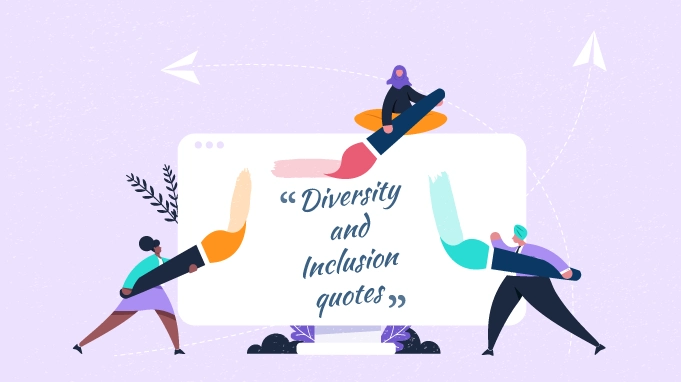Introduction
In today’s interconnected world, cultural diversity and inclusion have become crucial aspects of society, organizations, and communities. The tapestry of cultures, beliefs, and traditions that exists globally provides an opportunity for growth, understanding, and collaboration. Embracing cultural diversity and fostering inclusion is not only a moral imperative but also a strategic advantage. In this article, we will explore the significance of cultural diversity, the benefits of inclusion, and practical steps to create an inclusive environment.
Understanding Cultural Diversity
Cultural diversity encompasses the range of human societies, languages, religions, customs, and traditions that exist worldwide. It goes beyond ethnicity or race and includes factors such as age, gender, sexual orientation, disability, and socio-economic background. Cultural diversity enriches societies by offering a variety of perspectives, knowledge, and experiences. It challenges biases, promotes empathy, and encourages innovation.
The Benefits of Inclusion
Inclusion is the act of creating an environment where all individuals feel valued, respected, and supported. Embracing cultural diversity through inclusion yields numerous benefits for individuals, organizations, and society as a whole.
- Enhanced creativity and innovation: Inclusive environments foster the exchange of diverse ideas and perspectives, leading to greater creativity and innovation. Different cultural backgrounds bring unique approaches to problem-solving and encourage out-of-the-box thinking.
- Improved decision-making: When diverse voices are heard and valued, decision-making processes become more robust. Inclusive teams are more likely to consider a wider range of factors and perspectives, leading to better-informed and more effective decisions.
- Increased productivity and engagement: Inclusive workplaces promote a sense of belonging and psychological safety. When individuals feel included and valued, they are more engaged, motivated, and productive. This contributes to a positive work culture and ultimately leads to better outcomes.
- Expanded market reach: In an increasingly globalized world, cultural diversity is essential for organizations aiming to reach diverse markets. Inclusion allows businesses to understand and respond to the needs of different cultural communities, thereby expanding their customer base.
Creating an Inclusive Environment
Building a culture of inclusion requires deliberate efforts and a commitment to change. Here are some practical steps to foster cultural diversity and inclusion:
- Education and awareness: Promote education and awareness programs that celebrate diverse cultures, traditions, and perspectives. Encourage employees or community members to share their experiences and learn from one another. This cultivates empathy, understanding, and respect.
- Diverse recruitment and hiring: Develop inclusive recruitment strategies that attract candidates from various backgrounds. Ensure hiring processes are fair, free from bias, and promote equal opportunities for all. Consider adopting blind recruitment practices or implementing diversity quotas to ensure a diverse pool of candidates.
- Training and development: Provide diversity and inclusion training for employees at all levels. This training should focus on recognizing unconscious biases, promoting cultural sensitivity, and fostering inclusive communication and teamwork.
- Employee resource groups: Establish employee resource groups that bring together individuals with shared backgrounds or identities. These groups provide a platform for networking, support, and advocating for inclusivity within the organization.
- Inclusive policies and practices: Review and update organizational policies to ensure they are inclusive and promote diversity. For example, implement flexible work arrangements to accommodate diverse needs or provide language interpretation services to ensure effective communication for non-native speakers.
- Leadership commitment: Leadership plays a pivotal role in driving cultural diversity and inclusion. Leaders should set an example by actively promoting diversity, holding themselves accountable, and creating opportunities for underrepresented groups to excel.
Conclusion
Cultural diversity and inclusion are integral to building a harmonious and prosperous society. Embracing diverse perspectives, beliefs, and experiences enhances creativity, decision-making, and productivity.
![]()





